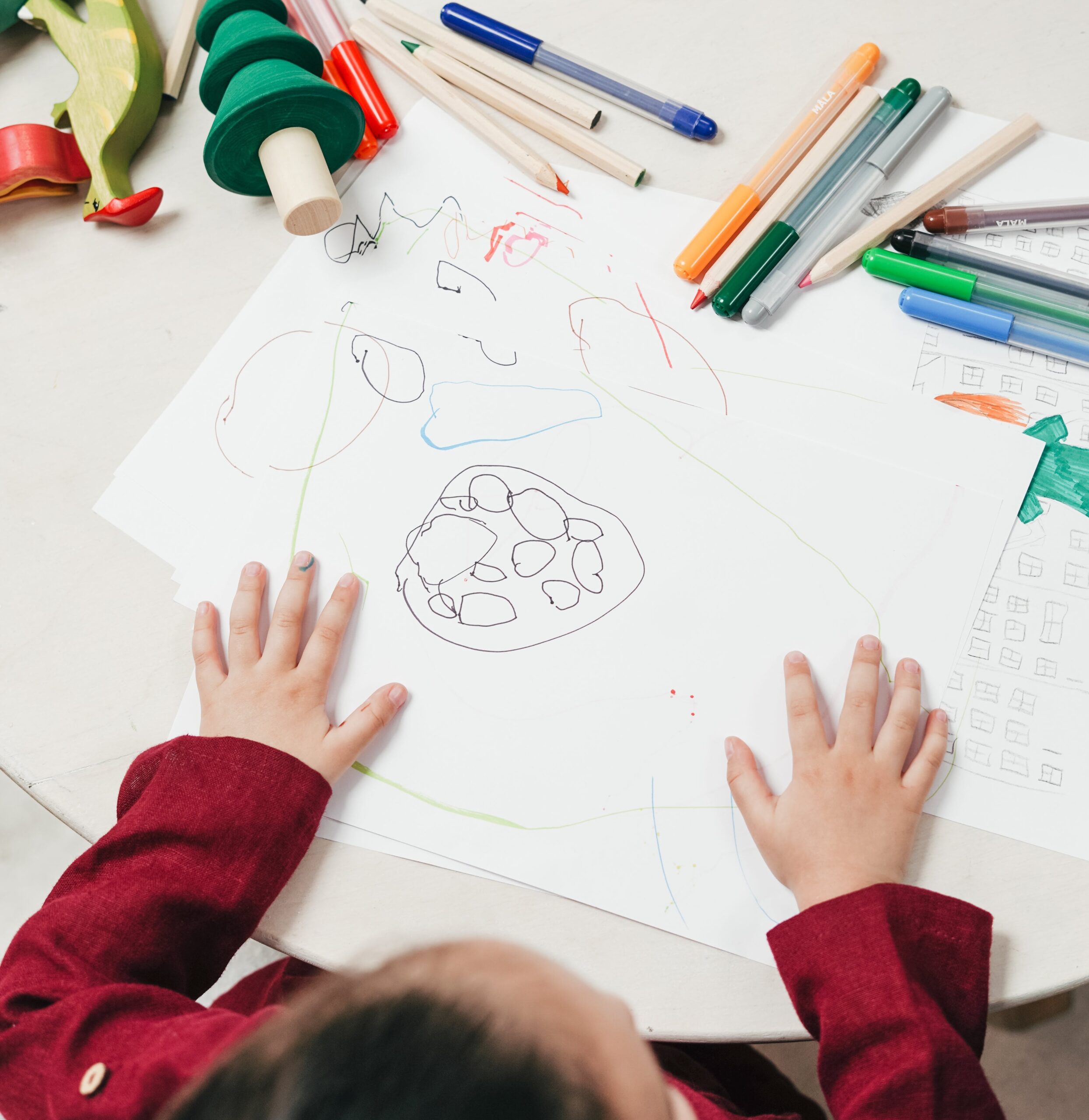

Although this year’s Pride has been a little different to usual, there’s a strong chance your kids have questions about what the whole thing means. Maybe they’ve noticed the rainbow flags around this month, or perhaps they’ve seen the new series of RuPaul’s Drag Race All Stars has dropped on Netflix and want to know more. While the LGBTQ+ community are still hugely marginalised, there are elements of their community that have become more mainstream in recent years and these may have caught the attention of your kids. If you’re a parent or caregiver unsure of how to start a conversation with a child about what it means to be lesbian, gay, bisexual, transgender or queer (LGBTQ+), now’s the perfect time to begin.
Regardless of whether your child has come out as LGBTQ+, conversations around these identities and the issues faced by these communities are essential for all parents and caregivers to have with the children they are raising. Your child might come out in the future, or they may not, but creating a safe space to discuss these topics will help to both reduce the prejudices faced by the queer community and let your child know that you’re an ally if they do come out in the future.
It might be useful to educate yourself on some of the right words and concepts to use when speaking to kids about LGBTQ+ identity, but remember language evolves all the time. It’s OK to admit that you don’t have all the answers – especially if you’re not part of the communities you’re discussing. As your children get older, you might also find that they’re able to educate you on some of the areas you know less about too – and that’s pretty magical.
If you’re feeling nervous about tackling LGBTQ+ issues and feel out of your depth, it can be useful to think in terms of good core values. You could talk to your children about kindness, understanding, acceptance, love, compassion, freedom, fairness – all good values that can be applied to wider life and the queer community. When we teach those we’re raising the be kind, we’re teaching them to be kind to everyone. When we teach those we raise to be accepting, we teach them to be accepting of those who may live or love differently to us.
Despite the continuing strides made by LGBTQ+ campaigners and the community there’s still a lot of discrimination. Whenever you see this kind of discrimination, it’s important to not only call it out, but to discuss it with your kids. If you can, talk about why the way someone has been treated is wrong and talk about how their treatment should have differed. If it’s policy changes that are affecting a community of people, you could talk about how these changes will impact that community and discuss what you might be able to do to help.
Even if your children aren’t asking questions off the back of Pride month, it’s still a great time to start talking. Don’t wait for them to come to you. Use the things you see and the experiences you notice in the world (like those mentioned above) to spark conversations. You could point out a rainbow flag and ask if they know what the flags represent, or why they’re there. This sort of chat normalises conversations and lets your children know they can ask questions in the future.
We’re all a bit guilty of living in echo chambers that represent our own experiences. If you aren’t part of the LGBTQ+ community, you could think about diversifying your social media feed and following people who are. The social media content of this brilliant community can be a great way to spark conversations with your young people. These people’s lived experiences are the best way to educate yourself on the challenges they face every day so you can learn to be a better ally. We recommend following The DIY Dads, FromWifeToLife, SameSexParents, Jake Graf and Hannah Graf.
Just because Pride ends on 30th June, it doesn’t mean conversations around LGBTQ+ identity should. As parents and caregivers, it’s important to create an environment which normalises the existence of queer people. Through having these conversations, watching TV shows with LGBTQ+ characters, reading diverse books, and educating ourselves as parents and allies, our kids won’t have to “bring up” these conversations – they’re just part of life.
ScaryMommy – How To Talk To Kids About LGBTQ Topics
Stonewall – Coming out – advice and guidance for parents
Parents – How to talk to kids about gender
Stonewall – This is how LGBT inclusive education can change lives